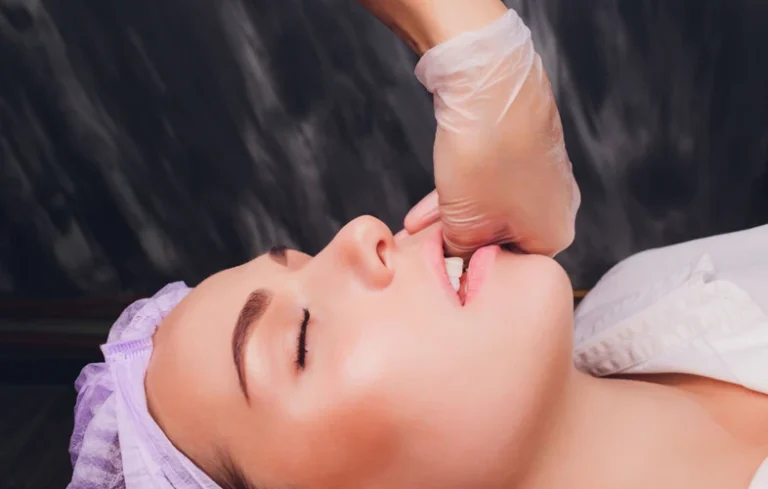What is buccal massage? Buccal massage is a type of facial massage that aims to restore and improve the natural contours of the face. It is a gentle and non-invasive technique that helps to improve the appearance of the skin, reduce wrinkles and sagging, and improve overall well-being. In this article, we will explore the benefits of buccal massage and how it can help you achieve a youthful and healthy look.
Contents
What is Buccal Massage?
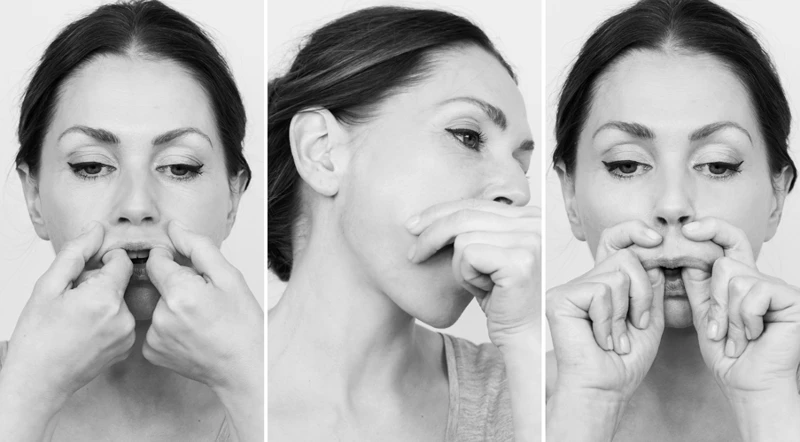
Buccal massage is a type of facial massage that focuses on the area around the mouth and jaw, specifically the buccal fat pads. It is a form of massage therapy that can help to reduce inflammation, improve circulation, and promote relaxation.
Buccal massage is performed by applying gentle pressure to the buccal fat pads, which are located on either side of the mouth and jaw. This type of massage can help to reduce tension and improve lymphatic drainage in the face. It can also help to reduce inflammation in the area and promote relaxation.
Buccal massage is a great way to relax the facial muscles and improve circulation. It can help to reduce wrinkles, dark circles, and puffiness around the eyes. It can also help to reduce stress and improve mental clarity.
| Benefits of Buccal Massage |
|---|
| Reduce inflammation |
| Improve circulation |
| Reduce tension and improve lymphatic drainage |
| Reduce wrinkles, dark circles, and puffiness around the eyes |
| Promote relaxation and reduce stress |
| Improve mental clarity |
Buccal massage is a safe and relaxing way to improve the appearance and health of the face. It is recommended to discuss with a healthcare professional before beginning any massage therapy.
What is Buccal Facial Massage?
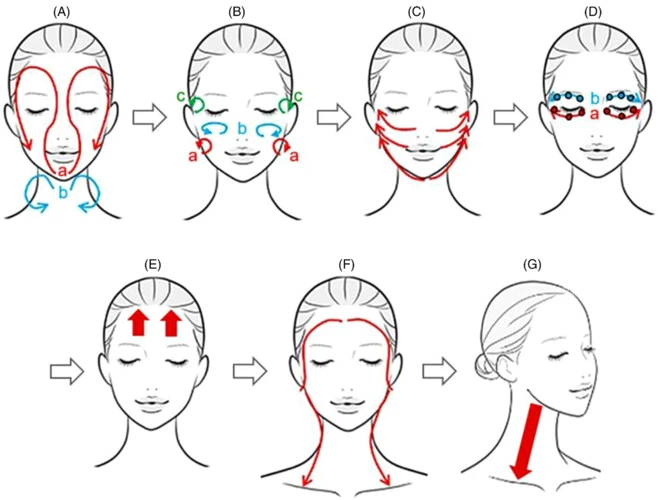
Buccal facial massage is a specialized massage technique that focuses on the muscles of the face, specifically the ones located in the cheeks and around the mouth. This massage technique helps to reduce tension and improve facial symmetry and tone, as well as reduce wrinkles and other signs of aging.
- It helps to relax the muscles and improve skin tone and texture.
- It can reduce wrinkles and other signs of aging.
- It helps to improve facial symmetry.
- It helps to reduce tension, headaches, and jaw pain.
- It can help to improve blood circulation, thus increasing oxygen and nutrient delivery to the face.
Buccal facial massage is typically done in combination with other massage techniques, such as Swedish massage, deep tissue massage, and trigger point therapy. It is important to note that buccal facial massage should not be performed on anyone who has an existing facial injury or medical condition. It is recommended to consult a licensed massage therapist in order to receive a proper buccal facial massage.
Benefits of Buccal Massage
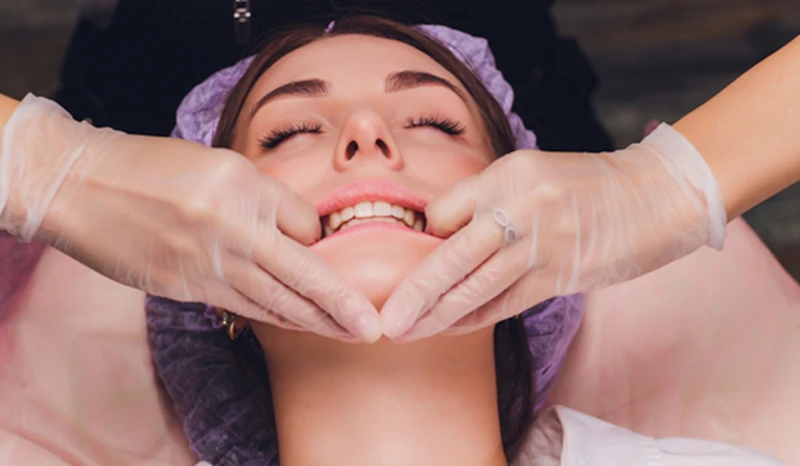
Improved Circulation
Buccal massage helps to increase circulation in the facial area, which helps to bring more oxygen and nutrients to the skin cells. This, in turn, helps to improve skin texture, tone, and color.
Reduced Stress
Buccal massage has been shown to reduce stress levels in the body, which can help to reduce tension in the face. The increased circulation can also help to reduce tension in the muscles of the face, resulting in a more relaxed look and feel.
Improved Muscular Tone
Buccal massage helps to improve the tone and texture of facial muscles. This can help to improve the appearance of wrinkles and fine lines, as well as give the face a more toned, youthful look.
Reduced Muscle Tension
Regular buccal massage can help to reduce muscle tension in the face. This can help to reduce the appearance of wrinkles and fine lines, as well as help to relax the muscles of the face.
Improved Skin Health
Buccal massage helps to improve the health of the skin by increasing circulation to the facial area. This can help to reduce inflammation, as well as help to reduce the appearance of wrinkles and fine lines.
Improved Mental Health
Buccal massage has been shown to have a calming and relaxing effect on the mind and body. This can help to reduce stress levels, resulting in improved mental health.
Techniques for Buccal Massage
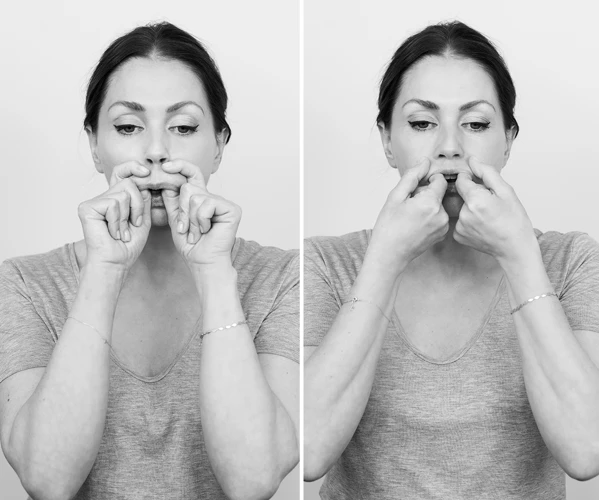
Hand Massage
Hand massage is a simple technique used to stimulate the muscles of the face. This can be done with the use of both hands, with a gentle pressure being applied to the muscle tissue. This helps to improve circulation and can offer relief from tension headaches.
Gua Sha
Gua Sha is a traditional Chinese healing technique used to release tension and improve circulation. This is done by using a flat instrument such as a spoon or chopstick to gently scrape the surface of the skin. This helps to stimulate the muscles and increase the flow of energy to the area.
Acupressure
Acupressure is a form of massage that uses gentle pressure to stimulate acupoints on the skin. This helps to improve circulation and reduce tension. This technique can be used to massage the face and neck, as well as the jaw area.
Precautions and Safety Considerations
Before attempting buccal massage, it is important to be aware of the precautions and safety considerations associated with the practice:
| Precaution | Consideration |
|---|---|
| Skin Sensitivities | People with sensitive skin may experience discomfort during the massage and should stop if any pain is felt. |
| Bruising | Moderate pressure is necessary for buccal massage, so slight bruising may occur. If severe bruising occurs, reduce pressure. |
| Medical Conditions | People with certain medical conditions, such as cardiovascular issues and epilepsy, should consult a doctor before attempting the massage. |
| Diseases | People with contagious diseases, such as the common cold and flu, should avoid buccal massage. |
| Medication | People taking certain medications, such as blood thinners, should consult a doctor before attempting the massage. |
People with any of the above conditions should speak to a doctor before attempting buccal massage.
Tips for Reaping Maximum Benefits from Buccal Massage
| Tip | Description |
|---|---|
| Start Slowly | Begin your buccal massage slowly, using small, gentle strokes. As you become more familiar with the technique, you can increase the pressure and intensity. |
| Facial Oils | Using facial oils like jojoba oil can help to lubricate the skin and reduce friction. This can make the massage more comfortable and prevent irritation. |
| Apply Pressure | When performing the massage, you should apply pressure with your fingers and thumbs. This will help to increase circulation and enhance the benefits of the massage. |
| Be Consistent | For maximum benefit, buccal massage should be done regularly. Aim for a few minutes each day or at least a few times a week. |
| Incorporate Other Techniques | You can enhance the effects of buccal massage by incorporating other techniques like facial cupping and lymphatic drainage. This can help to reduce inflammation and improve circulation. |
Frequently Asked Questions
What are the Benefits of Buccal Massage?
Buccal massage can offer a variety of benefits to the face and muscles. It helps to reduce tension and stress, increase circulation, and relax the jaw, neck, and facial muscles. It can also help to reduce wrinkles, improve skin tone, and reduce puffiness. Additionally, buccal massage can stimulate lymphatic drainage, helping to reduce swelling and inflammation.
How often should buccal massage be performed?
- For general maintenance: 1 to 2 times a week.
- For skin problems: 2 to 4 times a week.
- For relaxation purposes: 3 to 4 times a week.
It is recommended to perform buccal massage regularly in order to reap the full benefits of facial massage. Frequency may vary depending on the purpose, but in general, buccal massage can be performed 1 to 4 times a week.
What are the Contraindications to Performing Buccal Massage?
Buccal massage should not be performed if the person has skin diseases, allergies, infections, or any injuries on the face, as it can aggravate the condition. Additionally, it is not recommended for pregnant women, people with high blood pressure, and those who have had recent surgery. People who are prone to headaches or migraines should also avoid buccal massage. It is important to consult with a doctor before performing any buccal massage.
Is Buccal Massage Safe for All Skin Types?
Buccal massage is generally safe for all skin types, as long as the massage is performed gently and the correct techniques are used. The massage technique should be adapted to the specific needs of each skin type, as some skin types may require lighter pressure or more frequent massage sessions. A good rule of thumb is to massage in gentle, circular motions without applying too much pressure. In addition, it is important to use the correct oil or cream for the skin type, as some oils and creams may cause irritation or adverse reactions on certain skin types.
Does Buccal Massage Require Any Special Tools or Equipment?
No, buccal massage does not require any special tools or equipment. It can be done with just the fingers, using gentle pressure and rubbing motions.
Conclusion
Buccal massage is an effective and safe way to reduce facial tension and promote relaxation. It can be used as part of a comprehensive facial massage routine or as a standalone treatment. By stimulating acupressure points, reducing muscle tension, and improving circulation, buccal massage can bring a host of benefits, from improved skin health to relief from headaches and jaw pain. With regular practice, it can help to improve overall well-being and provide a sense of balance and serenity.
References
- What is buccal massage? – Medical News Today
- 7 Benefits of Facial Massage and How to Do It at Home – Healthline
- Facial massage – Wikipedia

